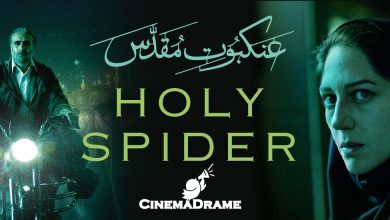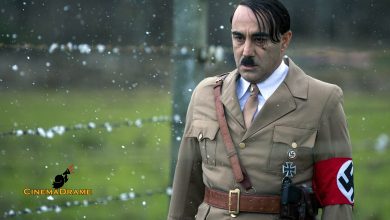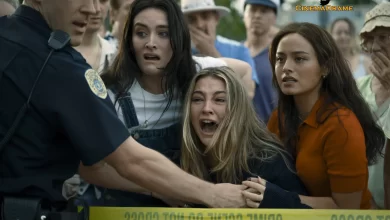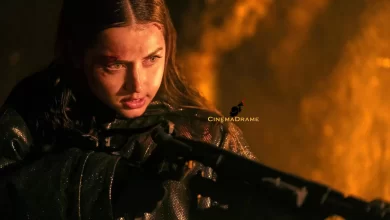Loghman Madayen’s Film Critique of 2023’s The Covenant: On the Anniversary of the American Withdrawal from Afghanistan

According to cinemadrame News Agency, Loghman Madayen, a film critic, penned an exclusive note on the 2023 film The Covenant, writing: The Covenant, one of the significant works of 2023, delves into the Americans’ escape from Afghanistan and the Taliban’s resurgence of power. The film clearly focuses on those who, to obtain U.S. residency, entered into security cooperation with the country. It goes to Afghanistan and showcases individuals employed by the American army as interpreters and translators, serving them. Whether fighting the Taliban is good or bad is not my point and is a separate discussion. The film’s objective is its direct declaration that the 100,000-strong American army, upon fleeing Afghanistan, refused to transport any of the 50,000 interpreters it was officially obligated by contract to bring to the United States with immigration visas. More than three hundred interpreters were killed, and thousands had their lives shattered. This means the American military aircraft was willing to return home with two trained dogs, without passengers, but refused to take those who had cooperated with their army against the Taliban, risking their lives, families, and livelihoods. This signifies yet another document of their government’s instrumental use of individuals.
The film beautifully depicts the American occupation, showing how, by receiving a specific payment from an unofficial source, private security contractors, whose profession is warfare, effortlessly go wherever they are commissioned, with military equipment, and bombard targets. In this process, not only are civilian lives deemed insignificant, but even the central government has no right to be informed of their operations.
It demonstrates that the American army, solely based on a report, permits itself to use weapons against civilians. The film effectively portrays the aftermath of the collapse: a beautiful and rich country devastated by occupying forces, where now some individuals are willing to cooperate with them for survival. It proves that overthrowing a regime, beyond opening the door for invaders to plunder, yields no other outcome. Ultimately, it is the people who are sacrificed, and the homeland that is ravaged. The extremists’ hands are further untied in violence, and they no longer even adhere to appearances.
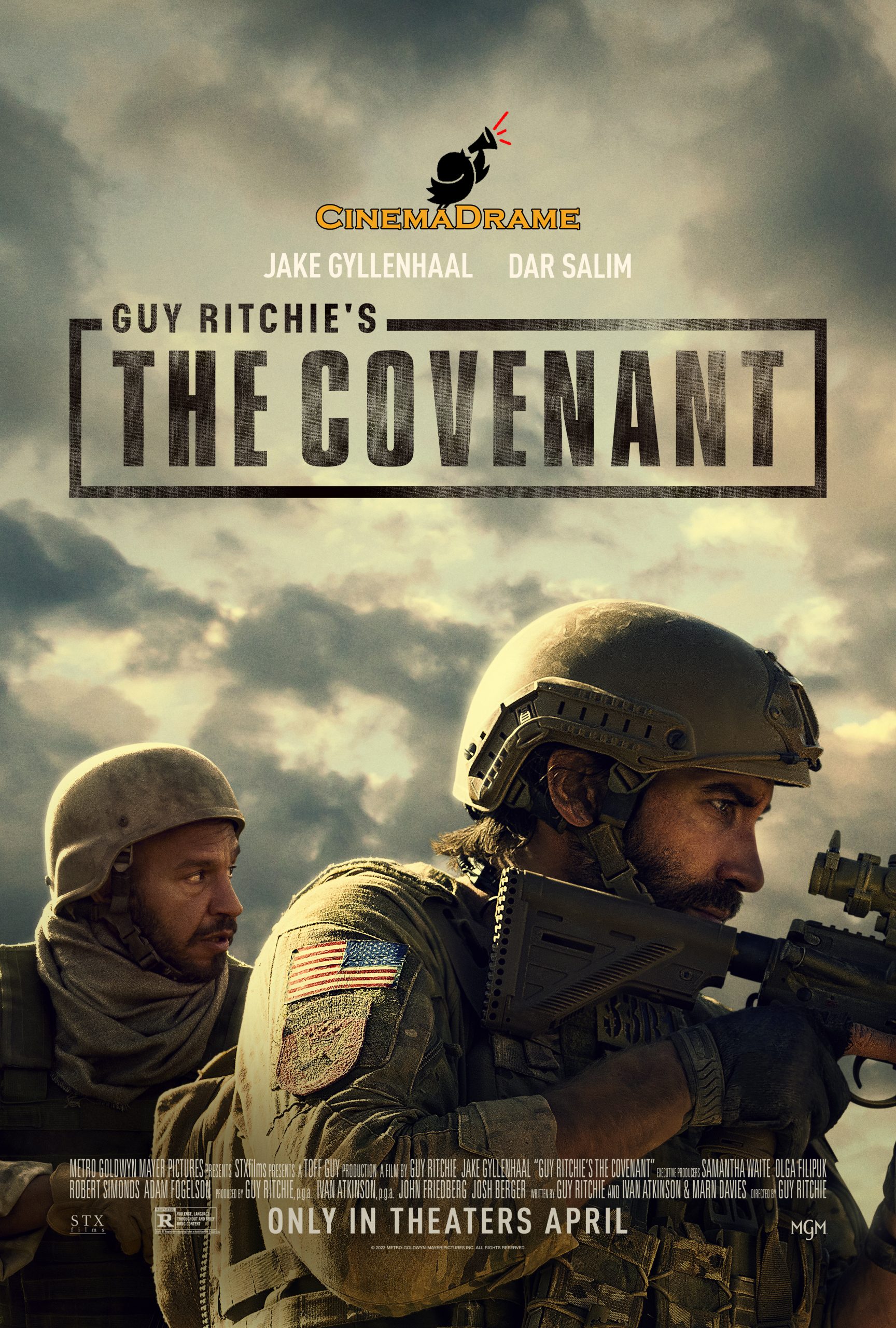
The film has engaging opening minutes, quickly drawing the audience into the story, making us realize we are dealing with a successful work.
The main plot revolves around the question: what happens if we don’t treat humans as mere instruments? Thus, it portrays the relationship between a commander of so-called urban irregular warfare and his personal interpreter. When he learns that the army, after its escape from Afghanistan, abandoned the interpreter (who had repeatedly saved their lives), along with his wife and child, leaving him vulnerable to imminent death, he rises up and exerts every effort to persuade army officials to arrange for Ahmed and his family’s immigration. But no one takes responsibility. Now, he faces a vital dilemma: should he turn a blind eye to all of Ahmed’s sacrifices and consent to his savior’s death? Or should he repay his debt and make a sacrifice to save Ahmed’s life?
The film’s subplots provide us with firsthand information. We quickly learn about John’s private life, see his wife and children, and understand that he has given up a normal life to be there. We grasp Ahmed’s difficult circumstances, learn about his dark past, comprehend the root of his mature behavior from the sorrow that weighs on his heart, and become aware of the dangerous situation of his life and his pregnant wife, progressing with many other details that effectively complete the story.
One of the serious weaknesses of the screenplay is its lack of commitment to character planting, development, and payoff. The writer introduces and removes any character at any time they wish, without regard for sequence, and this is a serious flaw.
The film’s connecting element is the passport—the very mirage of receiving which all contracted interpreters agree to face danger. It is the very thing that, when the army shirks its responsibility, forces John Kinley to act alone to save Ahmed’s life and obtain his passport.
Another screenplay weakness is the absence of a character designed to transform from a value to an anti-value, or vice versa, during the course of the film.
The dialogue is considered one of the screenplay’s strengths: short and fluid, simple and engaging, mysterious and conflict-generating, without exposition or information bombardment, containing humor and suspense. With sufficient study of customs, traditions, dialect, and intonation, it manages to advance the story without the writer needing to explicitly resolve plot points.
The first inciting incident of the film occurs when Ahmed, after extracting a confession from a terrorist, uncovering a traitor, and saving eight lives, gains the trust of John Kinley, the commander of the Special Anti-Bombing Unit, and the army. He then receives a new mission that challenges his life.
The climax of the film is when John Kinley hears from his friend that Ahmed, after saving his life, has become a local hero, and the Taliban, in retaliation for this betrayal, have placed his name on their list of ten most wanted traitors. Now, Ahmed is leading a clandestine life with his family and is a fugitive. Here, truths are revealed, and John realizes the army has not fulfilled its commitment, making it his personal responsibility to act to save Ahmed’s life.
The second turning point of the film is when Ahmed agrees to put his and his family’s lives in John’s hands once again and trust the American army. They then set off, and the story reaches a point of peace.
The film’s hero is John Kinley, who, relying on Rollo May’s archetypes, is considered a cowboy hero and a lone fighter. He is a brave man who never compromises on his principles, capable of restoring justice and order in a chaotic world, and shining in urban battles. He is an independent individualist who needs nothing more than a car and a weapon, and at the end, he will leave the mission area riding a vehicle in solitude. He has a mentor named Ahmed, who, through true self-sacrifice, breathes new life into his people. Thus, John, inspired by Ahmed, is encouraged to abandon everything he has and sacrifice for a sacred ideal.
The antagonists are the Taliban. They initially try to target John and his companions, and when Ahmed intelligently defeats them, they attempt to finish the job by targeting him. Thus, by constantly creating obstacles, they divert Ahmed and John from their path. According to Rollo May’s theory, they draw from the archetype of gangster antagonists. In their city, there is no place to hide; they exploit the people and have filled the city with traps to ensnare the hero.
Mise-en-scène is one of the most professional elements contributing to this work’s brilliance. Everything is top-notch. The film’s spatial design is meticulously crafted and well-researched, demonstrating sufficient mastery over culture and customs. It portrays a realistic military base, with appropriate airport, planes, and military vehicles. It understands local cars, provides a true depiction of homes, streets, and traditional markets, and takes admirable steps in costume design. It excellently chooses military uniforms, selects imposing attire for the hero, and, alongside the first-rate makeup, makes its characters unique and memorable.
The artistry of the actors is another shining point of the film. The roles are personalized for everyone; they appear deep and meaningful, without physical rigidity or stiffness in dialogue. They freely leverage their autonomy in action and matched their voices and body movements to the text to grasp the essence of the writer’s words. Local characters speak their native tongue fluently and simply, uttering words sincerely. Their facial expressions match the demands of the scene, they give dimension to their characters, and they avoided repeating typical patterns.
In découpage, we see the director’s main weakness in the ending, where, due to a lack of screenplay polishing, he preferred the ending to be supernatural and Hollywood-esque. A work that shone with pure simplicity became a victim of the director’s artificial excitement. Nevertheless, we witnessed excellent sound design, which, with suitable music, aided specific moments of the film. The editing was very professional, increasing the film’s speed and quickening its rhythm with appropriate arrangement of scenes and shots. The lighting was carefully considered, and the camera’s position, movement, angle, and image size were all meticulously calculated.

